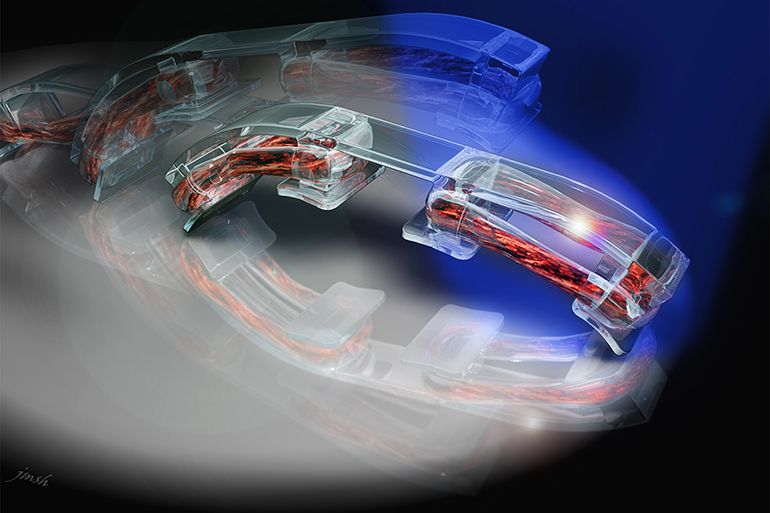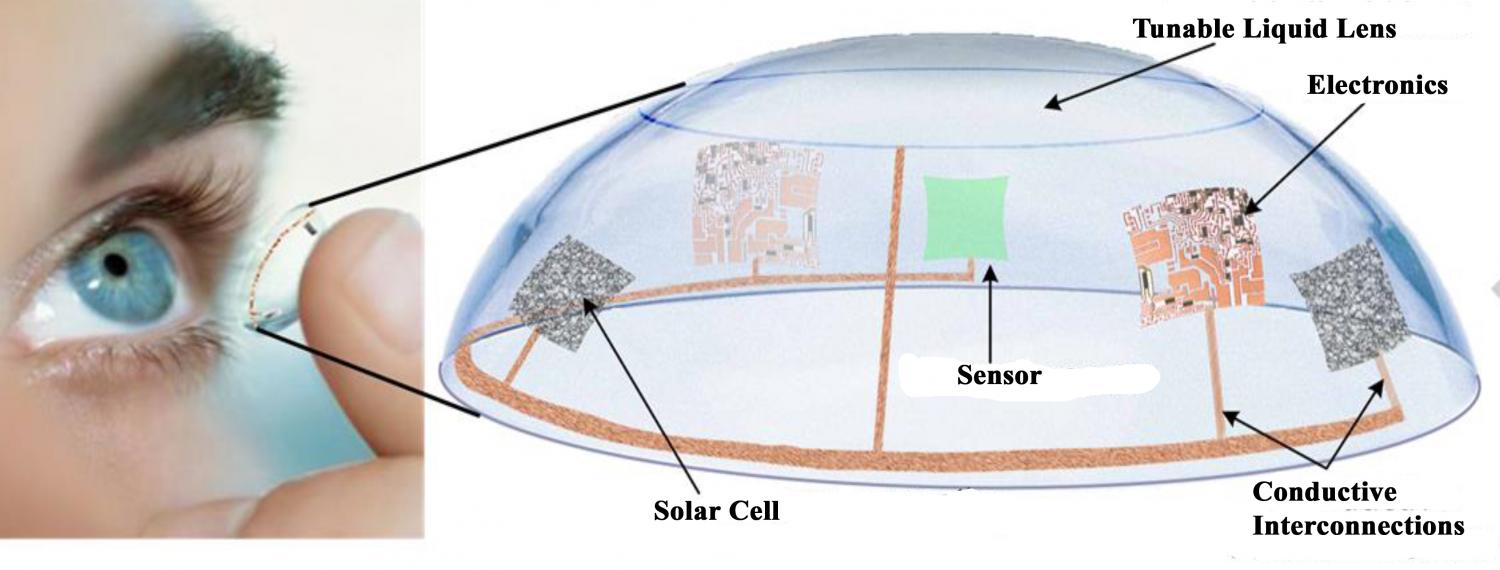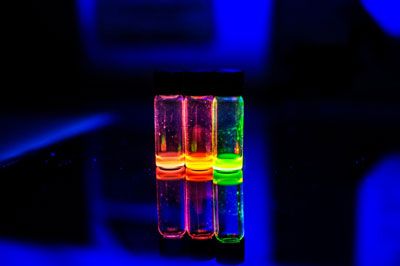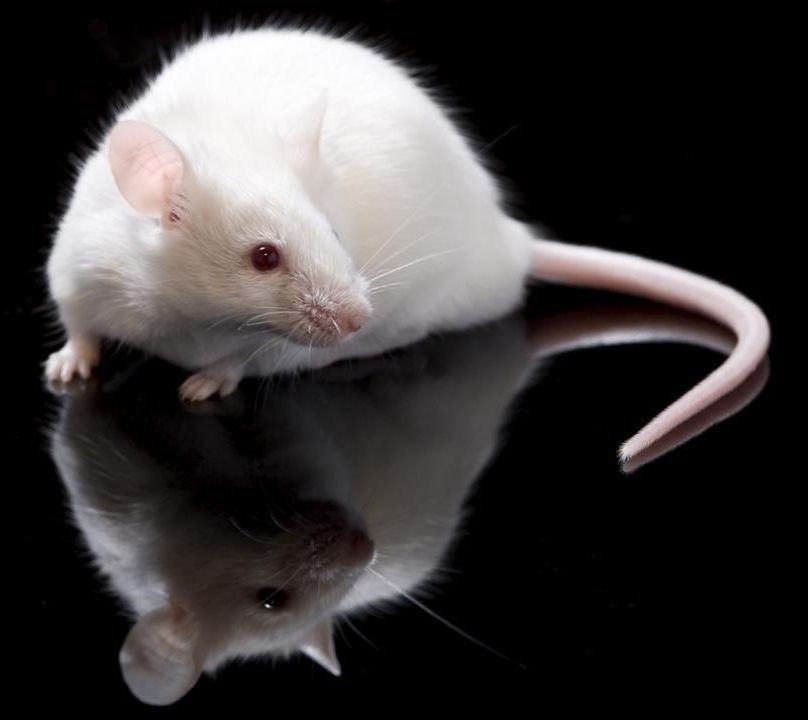Mar 16, 2016
Light Activated Bio-Bots Powered by Live Muscle Cells (VIDEO)
Posted by Karen Hurst in categories: 3D printing, biotech/medical, genetics, robotics/AI
March 16th, 2016 ![]() Editors Nanomedicine
Editors Nanomedicine
Biologically powered robots may one day be used to perform surgical procedures, deliver drugs, and maybe to even make humanoid overlords for us mortals. A big step toward that was taken by researchers at University of Illinois at Urbana-Champaign who used light-activated muscle cells as the power source to make tiny bio-bots.
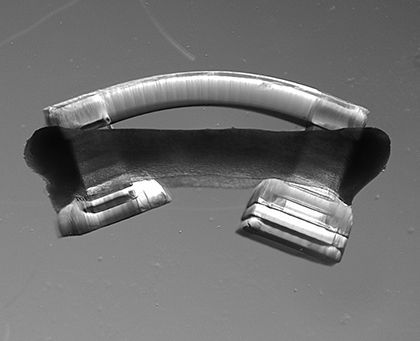
The optogenetic technique published in Proceedings of the National Academy of Sciences relies on genetically engineered mouse muscle cells that were made to contract in response to blue light. Rings of these cells were placed around a 3D printed flexible rods of different lengths between two and seven millimeters. When light was illuminated over the mechanism, the biobots contracted and walked in a certain direction. Various lengths and configurations were tried to achieve the best walking results. Moreover, the researchers were able to change the direction of the walking bio-bot.
Continue reading “Light Activated Bio-Bots Powered by Live Muscle Cells (VIDEO)” »
